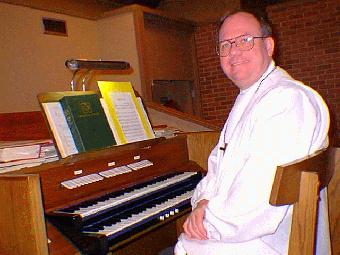Tryon County was formed in 1769 from the western portion of Mecklenburg County and abolished in 1779 to form Lincoln and Rutherford
Counties. Prior to the border survey of 1772, it included all or portions of the South Carolina counties of York, Chester, Union,
Spartanburg, Laurens, Greenville, and Newberry.
The single most important record for any North Carolina county is the minutes of the Court of Pleas and Quarter Sessions. Lists of deeds proved and recorded are found in the court minutes, as well as lists of wills proved or administrations on intestate estates taken out. The construction of roads and the road juries (sometimes called road gangs) who were to lay out and maintain the roads are spelled out in these records. Small court cases (usually over debt), depositions, jury lists, tax officials' names with their districts, tavern licenses and tavern rates, and care of the poor of the county are among the many kinds of records included in the court minutes.
![[E-mail Brent Holcomb]](email.jpg)
![[Ancestral Research]](bar.jpg)
![[genealogy]](blank.jpg) Contents: I. PROBATE RECORDS, II. LAND RECORDS, III.
EQUITY RECORDS, IV. TAX RECORDS, V. COUNTY COURT MINUTES, VI.
MILITARY RECORDS, VII. MARRIAGE AND OTHER VITAL RECORDS, VIII.
IMMIGRATION AND NATURALIZATION RECORDS, IX. CHURCH RECORDS, X.
CENSUS RECORDS, XI. NOTES ON COUNTY FORMATIONS AND RECORDS, XII.
THE BORDER PROBLEM WITH NORTH CAROLINA, XIII. ARCHIVES AND
LIBRARIES, XIV. THE ARCHIVES COM INDEX,
XV. PUBLISHED SOURCES, XVI. USING THE INTERNET.
Contents: I. PROBATE RECORDS, II. LAND RECORDS, III.
EQUITY RECORDS, IV. TAX RECORDS, V. COUNTY COURT MINUTES, VI.
MILITARY RECORDS, VII. MARRIAGE AND OTHER VITAL RECORDS, VIII.
IMMIGRATION AND NATURALIZATION RECORDS, IX. CHURCH RECORDS, X.
CENSUS RECORDS, XI. NOTES ON COUNTY FORMATIONS AND RECORDS, XII.
THE BORDER PROBLEM WITH NORTH CAROLINA, XIII. ARCHIVES AND
LIBRARIES, XIV. THE ARCHIVES COM INDEX,
XV. PUBLISHED SOURCES, XVI. USING THE INTERNET.
